You've probably seen lightning flash across the sky, but do you know why and how it happens? This simple science activity teaches how lightning forms and how to make a small spark using static electricity.
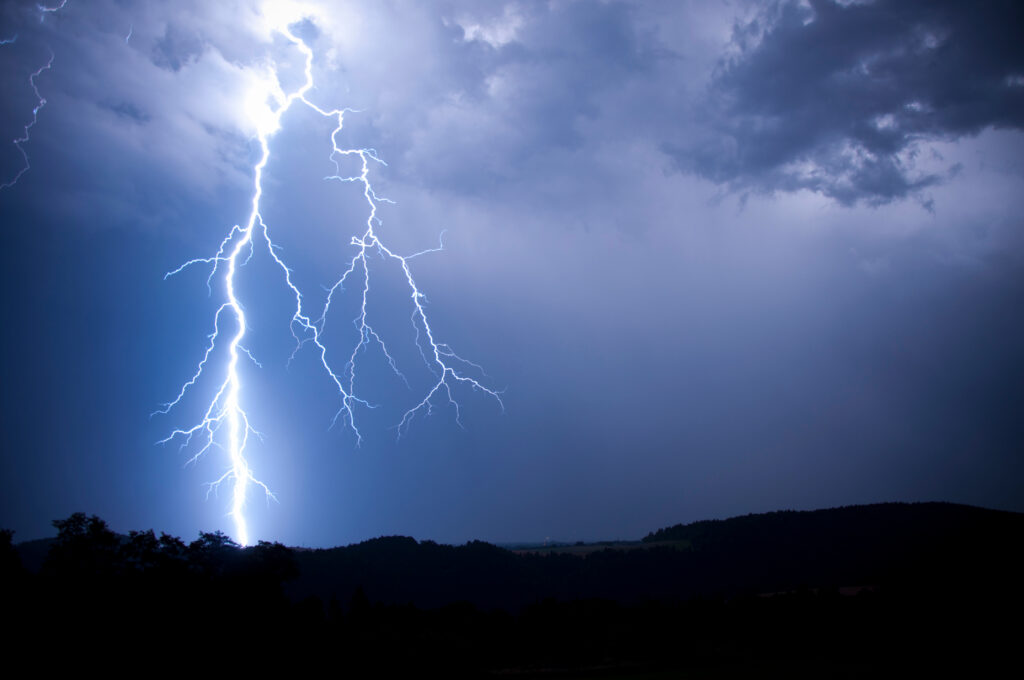
What is lightning?
Lightning is a giant spark of electricity in the atmosphere. It happens when electricity is discharged between clouds, from a cloud to air or from a cloud to the ground.
Clouds contain lots of water droplets, ice crystals, and tiny hailstones moving around. When they bump into each other, they create an electric charge. After a period of time, the cloud becomes full of electrical charges. The top becomes positively charged, and the bottom becomes negatively charged.
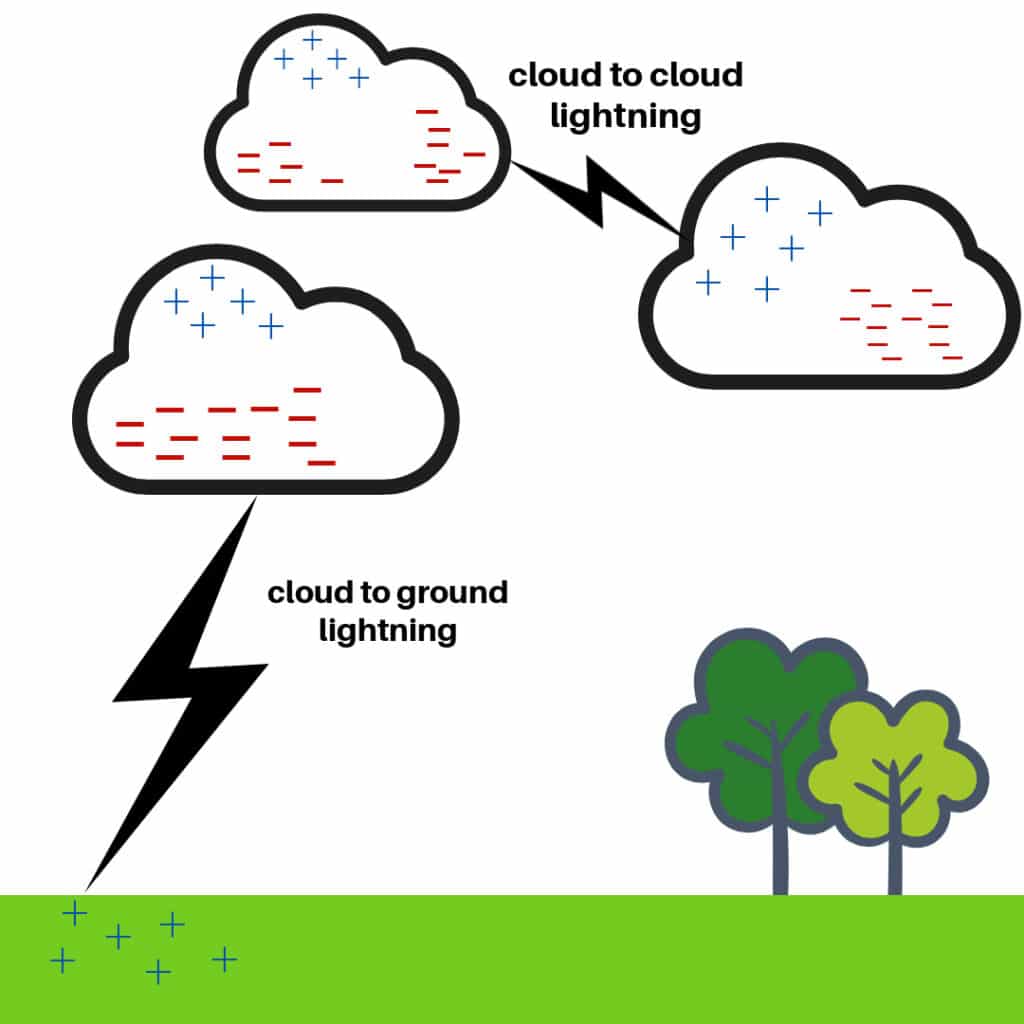
As negative charge builds at the bottom of the cloud, electrons near the ground's surface are repelled, leaving the ground with a positive charge. When the attraction between the cloud and the ground is enough, the charge from the cloud discharges and electrons shoot down from the cloud to the ground.
Make Lightning
You'll need
Balloon
Metal spoon
Hair or a woolly jumper
A dark room
Instructions
Blow up the balloon and tie the end.
Hold the balloon with the tie and rub it on your hair or a woolly jumper.
Hold the spoon with your other hand and slowly move it towards the balloon.
You should see a tiny spark of static electricity jump from the balloon to the metal spoon.
What's happening?
When you rub the balloon on your hair, it becomes positively charged. When the metal spoon is held close to the balloon, the negative charge on the spoon connects to the positive charge on the balloon and creates the tiny spark of "lightning" you see.
This is similar to what happens in clouds.
The metal spoon is a conductor, which means electricity can travel through it.
Another way to make lightning is with an aluminium pie pan and a pencil!
Lightning Facts
Lightning is VERY hot! It can be 5 times hotter than the surface of the sun.
Lightning strikes Earth about 100 times every second!
Lake Maracaibo in Venezuela is known as the most lighting prone place on Earth.
If lightning strikes sand, it can turn it into a glass like structure called fulgurite.
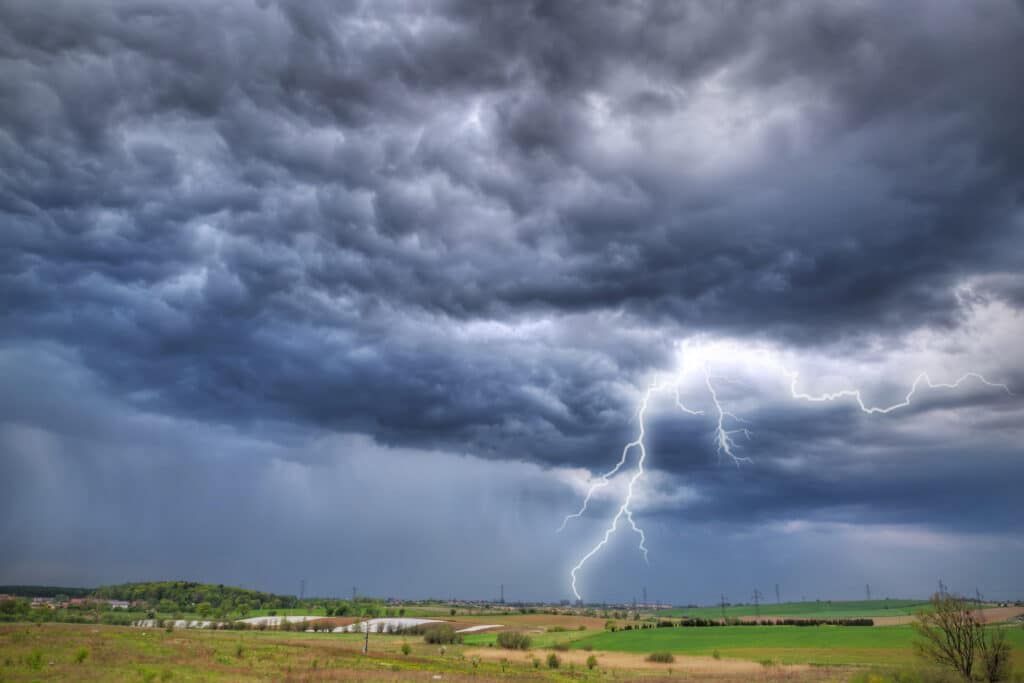
Can you get thunder without lightning?
Thunder happens because of lightning, so you can't get thunder without lightning, but you might see lightning and not hear thunder.
What is thunder?
Lightning causes rapid heating of the air around it, which expands very quickly, creating a shock wave that travels outwards. This is what we hear as thunder!
When the sound waves reach our ears, we hear them as a very loud boom noise.
Why is lightning before thunder?
Light waves travel faster than sound waves, so we see the lightning flash before we hear the thunder!
How can you tell how far away lightning is?
Count the time between seeing the lightning flash and hearing the thunder. Every 5 seconds is about a mile!
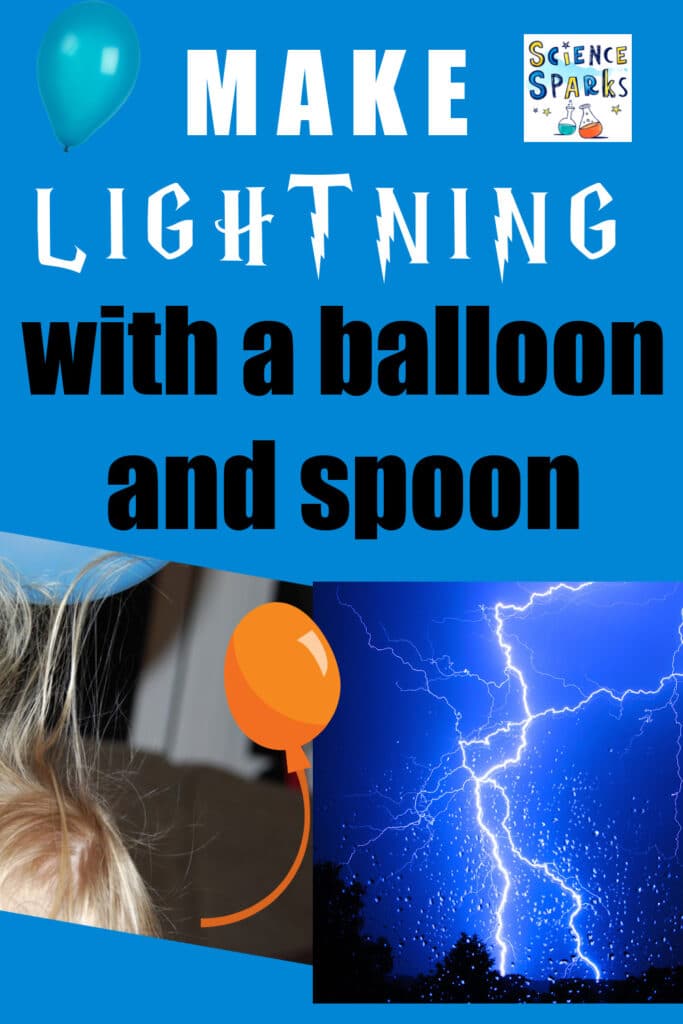
Remember to stay safe during thunderstorms. It's best to stay indoors if you hear thunder!
Last Updated on February 12, 2025 by Emma Vanstone



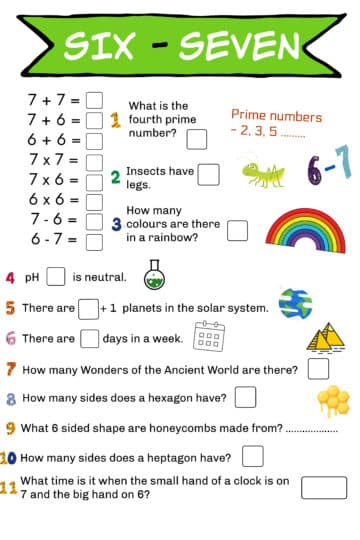
Leave a Reply